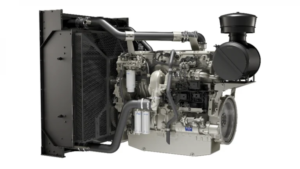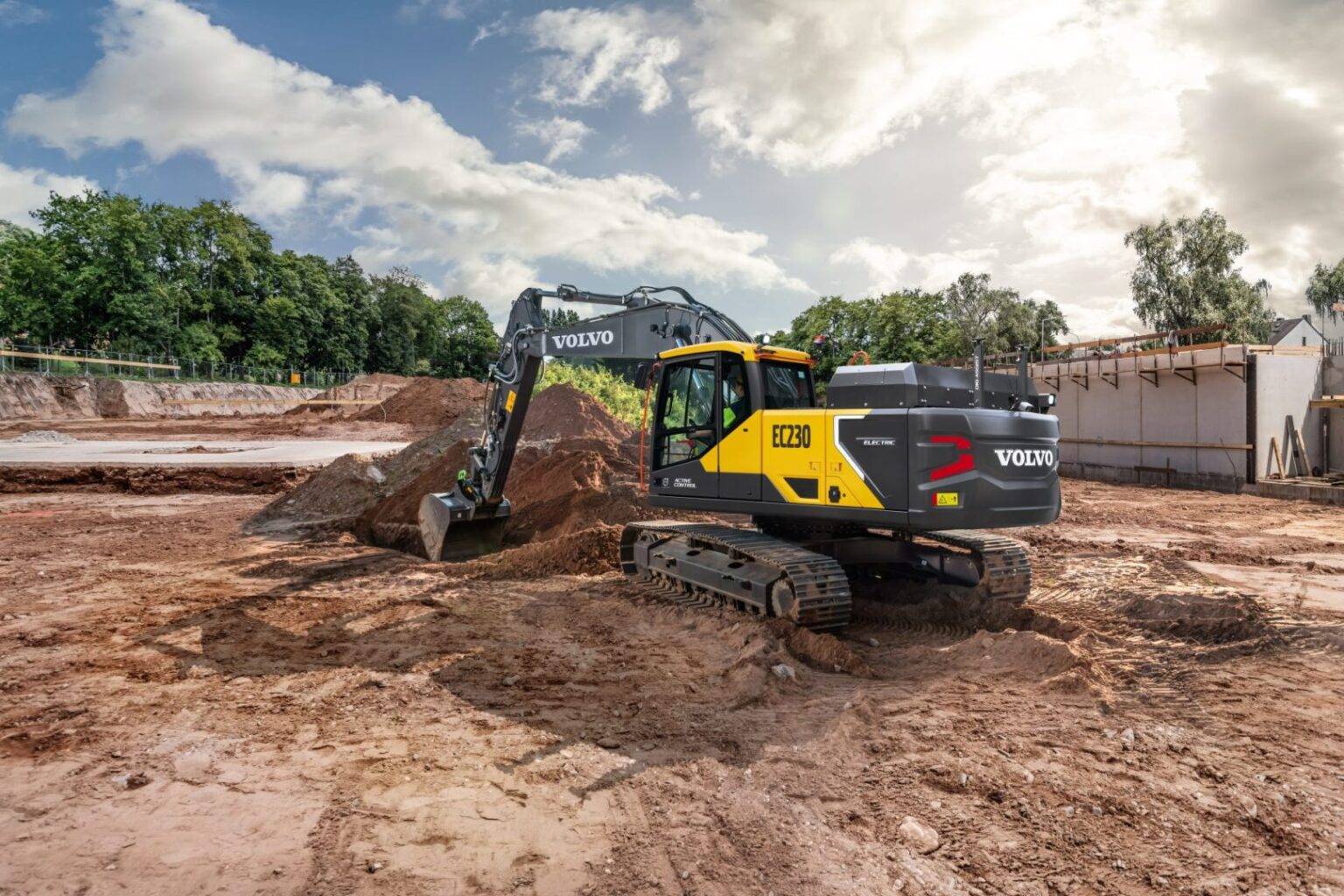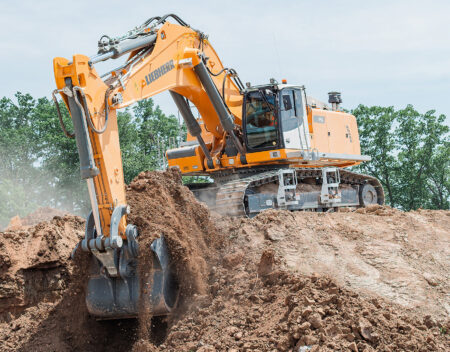The creation of Volvo Construction Equipment’s EC230 electric excavator is the result of proven technology from across the Volvo Group.
The 23-tonne electric excavator delivers the same performance as its diesel counterpart, while eliminating emissions and greatly reducing noise, vibration and total cost of ownership.
The machine combines Volvo CE’s experience in excavator development with Volvo Penta’s R&D into electric motors and battery systems that has already been proven by Volvo Buses and Mack Trucks.
Sung Sook Kim, Volvo CE’s Product Manager for mid-sized excavators, explained the ability to share technology within the group has allowed Volvo to take its electric equipment development beyond compact machinery, without relying on major components from third-party manufacturers.
“We designed it, we built it, we manufactured it. So that’s the big difference. This is a mass production machine,” Kim said.
With the battery already in use in trucks, Volvo CE can learn from their experience as well as address safety and durability concerns of battery technology.
“With Mack Trucks, they have been using it two or three years ahead of us,” said Najing Li, Volvo CE’s product manager for sustainable power.
“It already has the validation. I think that’s the benefit, the beauty of it.”
Electric performance
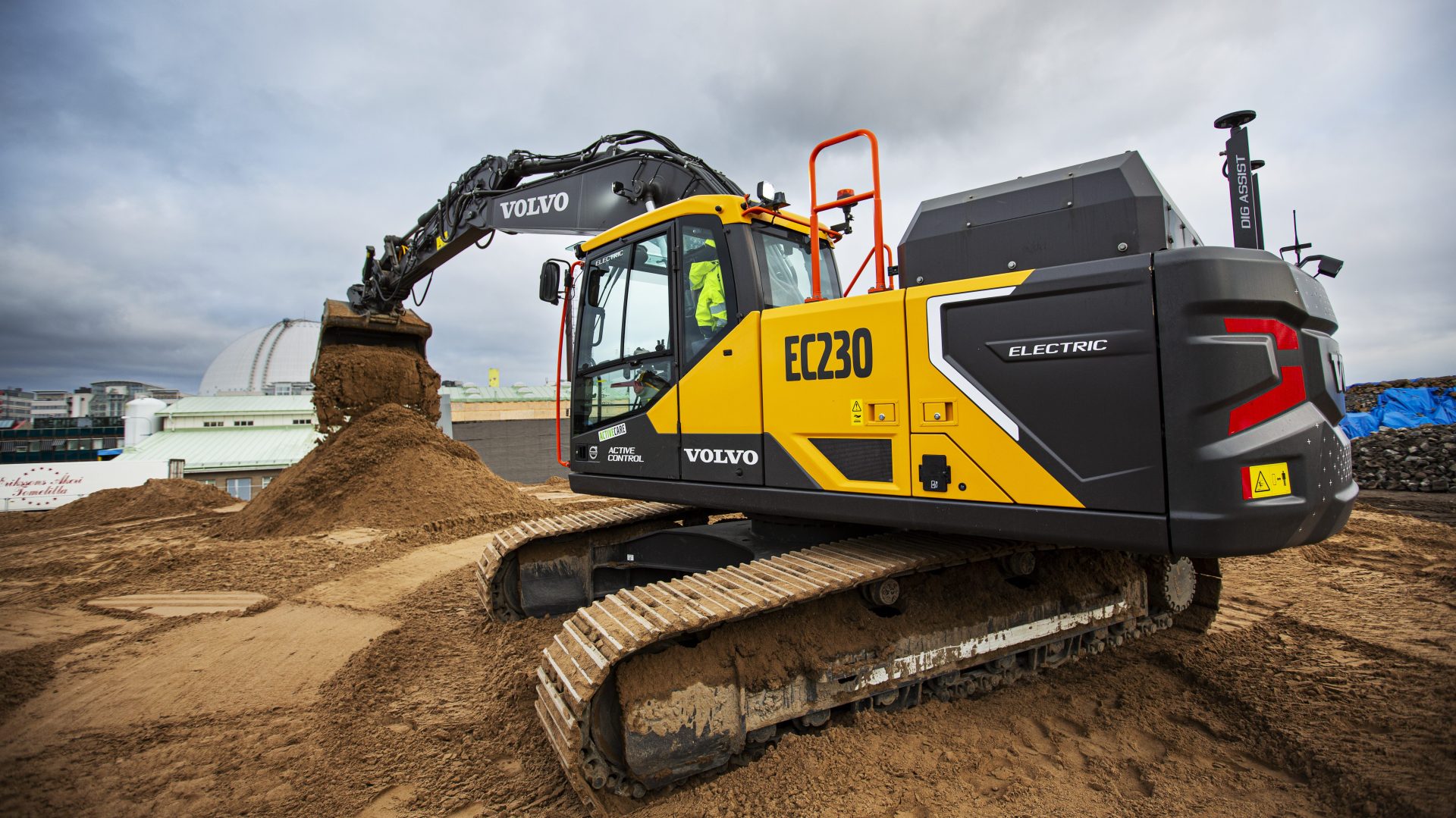
The EC230 is powered by four of Volvo Penta’s lithium-ion flat pack batteries for a capacity of 264 kWh. With a system voltage of 600 volts, the electric motor delivers a peak 160 kW of power.
“Trucks have been using that (flat pack battery) for probably three or four years, and it had been developed long before that,” said Forrest Hooper, Volvo Penta’s Regional Sales Manager. “We have the flexibility to be able to kind of cherry pick and tap into the Volvo Group technology.”
The electric excavator features a 1.44 cubic metre bucket capacity, a lifting capacity of 7,560 kg, a 6.7-metre maximum digging depth and a breakout force of 33,500 foot-pounds.
The hydraulics system features two main variable displacement axial piston pumps that each provide 208 litres per minute. Combined with the electronic control system and ECO mode, the hydraulic system is optimized to work in harmony with the power source to reduce power loss and improve controllability and response time. The summation system combines the flow of both hydraulic pumps to ensure quick cycle times and high productivity. The arm priority feature gives priority to the arm operation for faster cycle times in levelling and for increased bucket filling when digging. Swing priority provides priority to swing functions for faster simultaneous operations.
More news from Volvo CE
The EC230 electric excavator was launched in Europe last year, and a handful of machines are now operating in North America.
So far, operators report the machine delivers a similar digging force as its diesel equivalent but achieves faster cycle times and reduced noise.
“We’re using the same hydraulic systems, same pump and the same main control valve,” Kim said. “So, that performance and productivity is the same, but because of the electric motor you will get instant power. The operator feels it is faster and more responsive.”
Advancements in charging
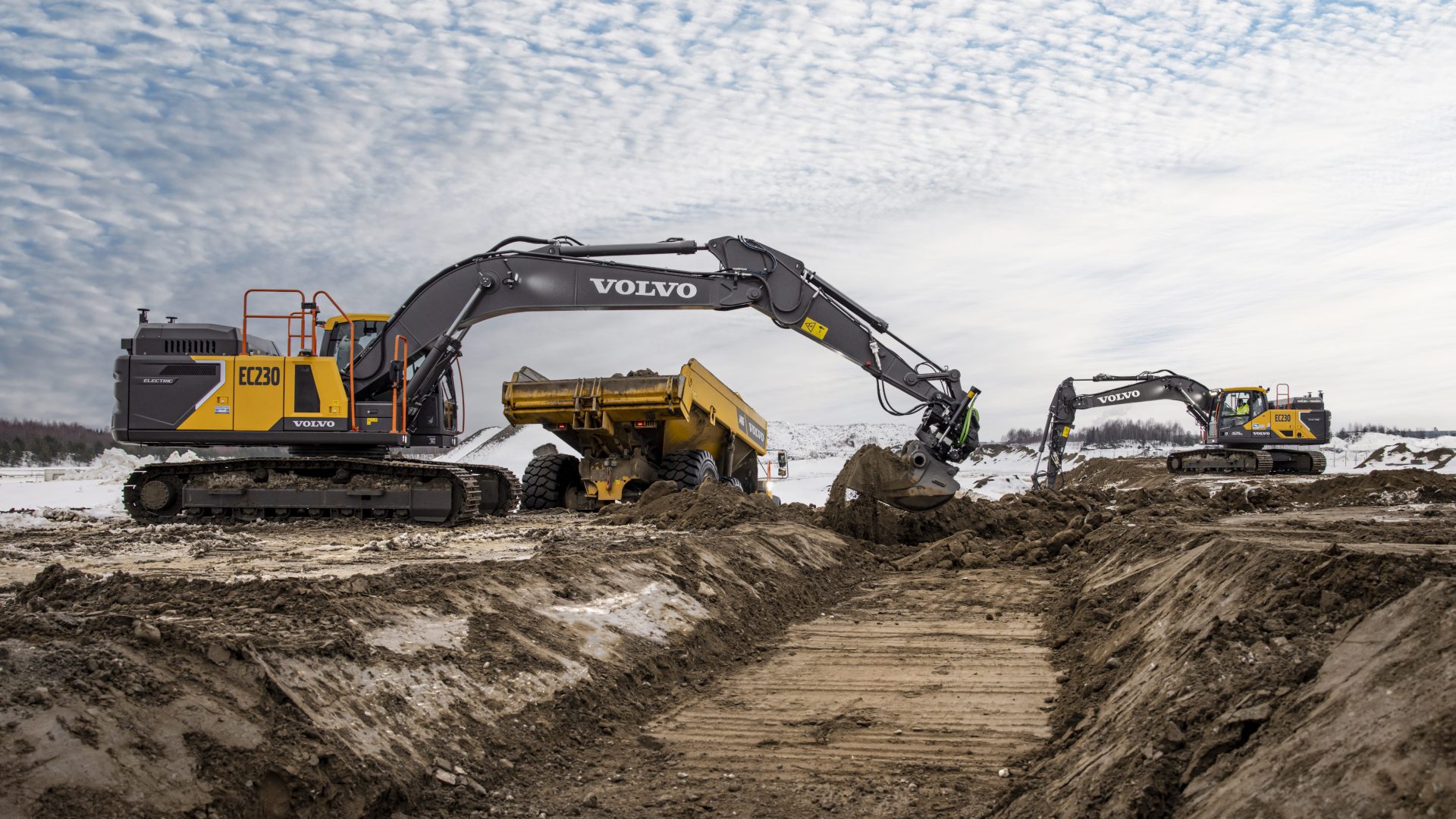
The EC230 electric excavator can run for four to five hours, depending on the application.
Using a 150 kW DC fast charger, the machine can be charged up to 80 per cent capacity in about an hour.
“How fast you charge also depends on what kind of charger you use. The higher the capacity, the faster is going to charge,” Li said.
The 150-kW charger is currently the quickest option for the excavator. However, charging technology is quickly advancing.
“We’re talking about charging in five or 10 minutes. So, we definitely will be improving in the future,” Li said.
Read the full article here


